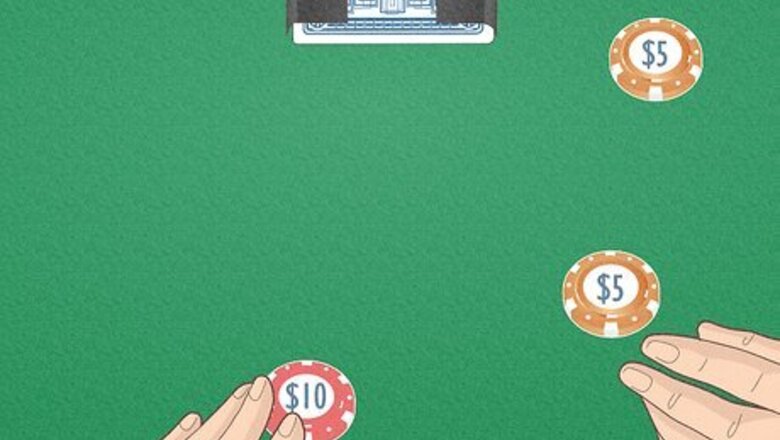
views
- Up the stakes of a poker game with a standard straddle bet for a chance to win some big pots.
- Use a straddle bet to buy the opportunity to act last in the round of betting before the flop.
- Straddle when you're on the button so you get to act last both before and after the flop.
- Avoid straddling if you're inexperienced at live games or don't have a lot of chips.
What is a straddle in poker?
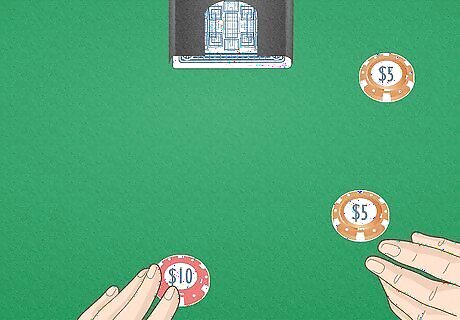
A straddle is an optional third blind that ups the stakes of a poker game. Straddles are a thing in "flop" poker games where you have community cards—mainly Texas Hold 'Em. It's optional, so you never have to drop a straddle bet if you don't want to—but if someone else drops a straddle, you do have to call it if you want to see the flop. Straddles are considered blind bets, not raises, because you make them before you're dealt your two hole cards. The person who bets a straddle is usually the last to act after the hole cards are dealt but before the flop. This is an advantageous position, so you could also think of a straddle bet as paying for the privilege of being last to act. Straddles aren't normally allowed in tournament play (although the World Series of Poker has allowed them) and are rarely seen online. They're most common in live cash no-limit games of Hold 'Em, particularly high-stakes games.
Standard Straddle Rules
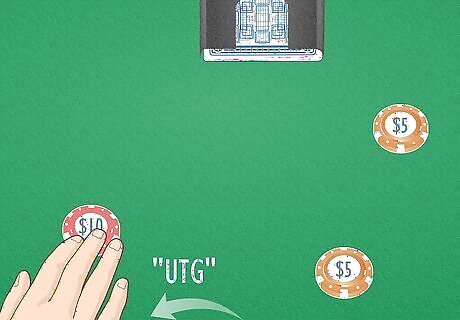
The player that would be first to act (under the gun, or UTG) straddles. There are different types of straddles where different players can place a straddle bet, but UTG straddles are the most common. The UTG player (to the immediate left of the big blind) can place a straddle bet if they want. After the hole cards are dealt, action begins with the player to the immediate left of the straddler, so the UTG player has magically transformed their pre-flop position from worst to best (since they're now last to act). Action follows as normal after the flop. A straddle only affects the order of the action pre-flop.
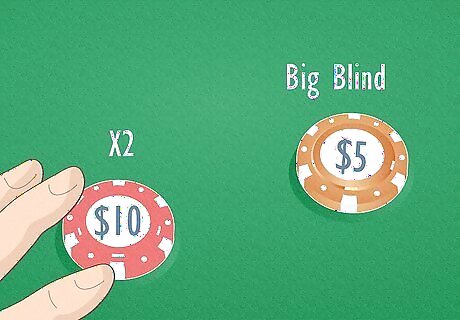
The straddle is two times the big blind. This is the standard formulation for straddles, although there are some exceptions. Check the specific rules for the room or table where you're playing so you don't get caught by surprise. Some poker rooms take the "no limit" part of "No Limit Texas Hold 'Em" literally as meaning no limits of any kind anywhere, which means the "two times the big blind" limit is thrown out the window for straddles. This usually only applies to high-stakes games, though.
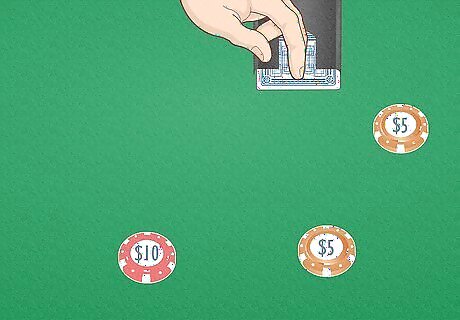
A straddle bet is placed before the cards are dealt. A straddle bet is, by definition, a blind bet, so you put your chips on the table before you're dealt your hole cards. This also means that you have absolutely no information to base this bet on—it's totally gambling. Since a straddle is considered a blind and not a bet, the straddler has the option of raising in the next round of betting (after hole cards are dealt but before the flop).
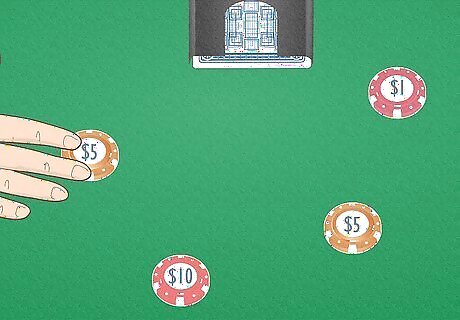
Placing a straddle bet is optional and voluntary. The extremely risky, pure gambling nature of a straddle bet means it's absolutely an "at your own risk" kind of thing. Typically, no one can force you to make a straddle bet, and even if all the other players are doing it, you can stay strong and abstain if you don't care for it. Some games have mandatory straddles. These are also referred to as "3 blind" games, and the straddle rotates around the table alongside the small and big blinds. For example, you might have a $1-$2-$5 game. The $5 is live to all players.
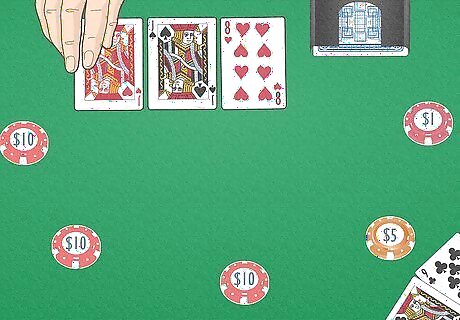
All players have to call the straddle to see the flop. After the dealer deals the hole cards, players have a decision to make. Do they have enough confidence in their hole cards to pay double the big blind just to see the flop? You'll see a lot of short stacks fold. Since the straddle is last to act and the straddle is considered a blind and not a bet, the straddler has the option to raise if all the other players have called the straddle.
Types of Straddles
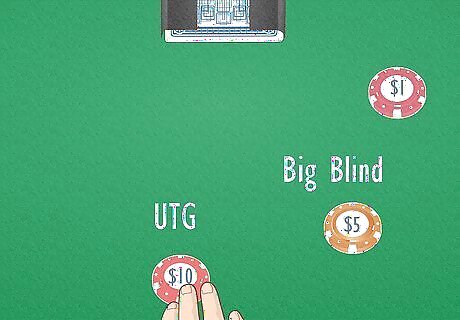
Under the gun (UTG) straddle This is the most common straddle, and the only one allowed in many poker rooms. As the name suggests, the UTG player, who would normally be the first to act, has the option of placing a straddle bet. If they do, that bet operates as a third blind, with the UTG player now being the last to act pre-flop.
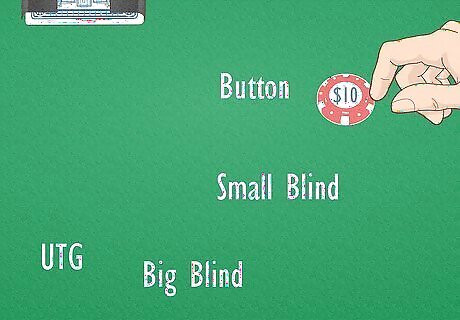
Button straddle As the name suggests, the player on the button places the straddle bet for a button straddle. If you're the button, this puts you in a great position because you can act last both before and after the flop. Button straddles are terrible for you if you're either the big or small blind because they put you in the worst position because you have to act first or second both before and after the flop. If you aren't dealt a high pair or suited connectors, it's usually a good idea to go ahead and fold.
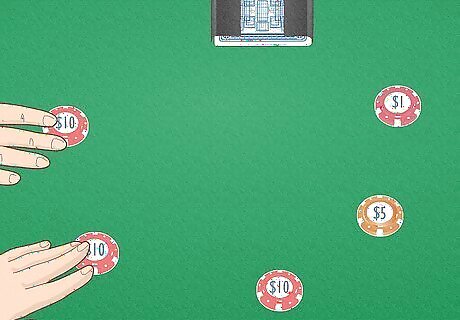
Mississippi straddle In a Mississippi straddle, any player can place a straddle bet, regardless of their position. All the other rules that typically apply to straddles stay the same. Since the straddler has the opportunity to act last pre-flop, the player to the immediate left of the straddler opens the action pre-flop. So, for example, if you're the button and you straddle under Mississippi rules, the small blind would be first to act.
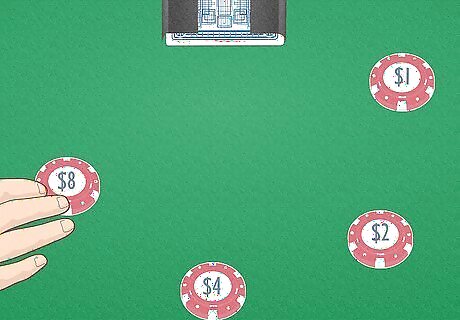
Double straddle After a straddle, any player can "re-straddle" by doubling the original straddle. Pre-flop action starts with the player to the left of the re-straddler. A double straddle is commonly considered a fourth blind. For example, if you're playing a $1/$2 game, the straddle would be $4 (twice the big blind). That means the double straddle would be $8 (twice the straddle). As you can see, a double straddle game can build some big pots pretty quickly and is definitely not for the faint of heart.
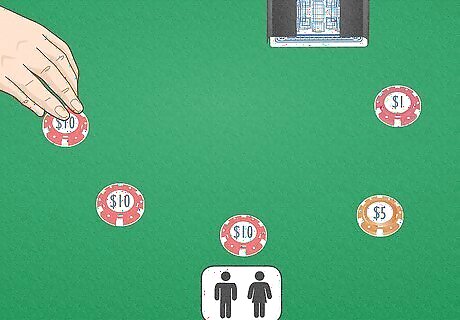
Sleeper bets In live games, players usually make a sleeper bet if they need to leave the table briefly. It's usually double the blind, and usually placed by someone in a middle position. Unlike other straddles, sleepers are not guaranteed to have the last action pre-flop. A player in an earlier position can nullify a sleeper bet by raising over it, in which case the sleeper bet would return to that player's stack. For example, in a 6-hand game, the 4th player to act needs to go to the bathroom and places a sleeper bet of two times the big blind. After the hole cards are dealt, the 3rd player to act bets three times the big blind, nullifying the sleeper bet. A lot of people don't consider sleepers to be straddles, but since they're blind bets, they're included here. You could also think of a sleeper bet as a form of Mississippi straddle since it's allowed from any position.
Straddle Strategies
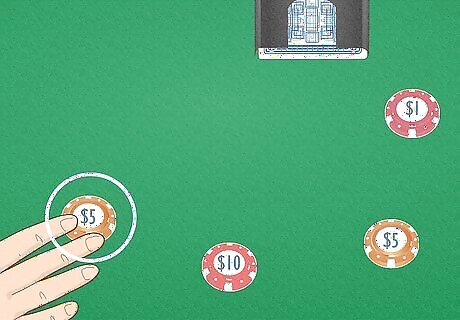
Avoid blind bets if you don't want to lose money. This is the conventional wisdom—as a blind bet, playing a straddle is almost never considered good poker strategy. If you haven't even seen your hole cards yet, you have nothing to base your bet on. All a straddle does is increase the stakes of the game. The straddle effectively doubles the big blind. Players who don't like straddle bets would say that if you're at a $1/$2 table but you really want to be at a $2/$4 table, move to a $2/$4 table. Even the strongest pros lose money on blind bets in the long run—by playing straddles, you just increase your chances of losing even more money.
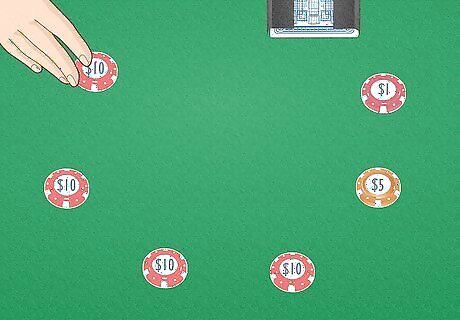
Buy yourself the opportunity to act last with a straddle bet. First to act is the worst position in poker. If you want to play the hand, you're going to have to match the big blind anyway, so why not sweeten the pot a little and improve your position at the same time? For a lot of players, double the big blind is a small price to pay to get out of that UTG spot. Keep in mind that in most cases what you're doing is exactly that—paying a price. Odds are you'll get dealt junk and won't make a hand on the flop either. But the same odds apply to everyone else at the table, which means acting last gives you a little bit of an edge.
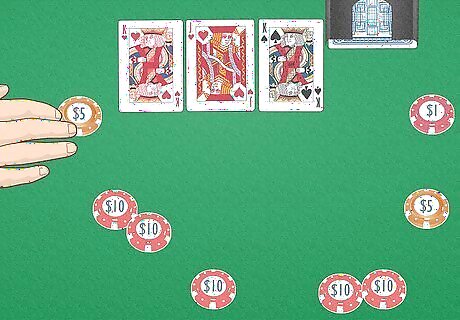
Use a straddle to take advantage of players who play loose pre-flop. If you're playing with loose players who will pay pretty much anything just to see the flop, go ahead and straddle. These players tend to fold in the face of any aggressive move after that (unless they have a great hand, which is going to be rare), giving you a great opportunity to pick up some chips—as long as you go on to win the hand. Since you're last to act pre-flop, you can gain information from all the other players. If they're quick to call but don't raise, you might be able to get a few more chips from them if you raise pre-flop. This works especially well if you're working a big stack because other players will see it as an opportunity to chip away at your lead and they don't want to miss out on that.
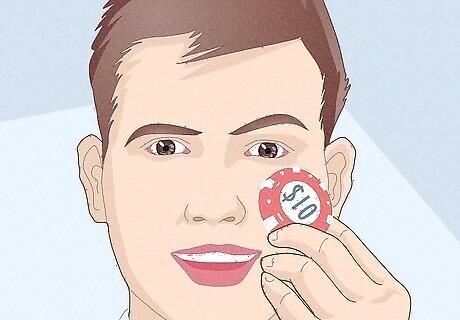
Play a straddle if you want to look unpredictable. If you're a decent poker player, your opponents only know what you want them to know about you. You're building a reputation, and if you want "unpredictability" to be part of that reputation, playing a straddle is one way to establish that. This works especially well if you've been playing really conservatively for most of the game because your opponents will never see it coming.
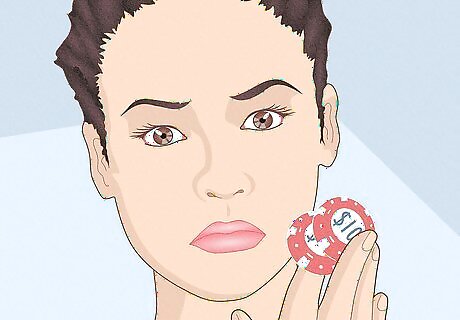
Liven things up with a straddle if you're bored. This might not seem like a great strategy, but being bored isn't great for your game either. Playing a straddle can be a sort of stop-gap that keeps you from doing far riskier things to alleviate your boredom—like going all-in on a 7-2 off-suit. Since straddling raises the stakes of the game, it can also serve to wake up everybody at the table a little. More money in the pot can get the blood pumping and add a little excitement when the game starts getting monotonous.




















Comments
0 comment